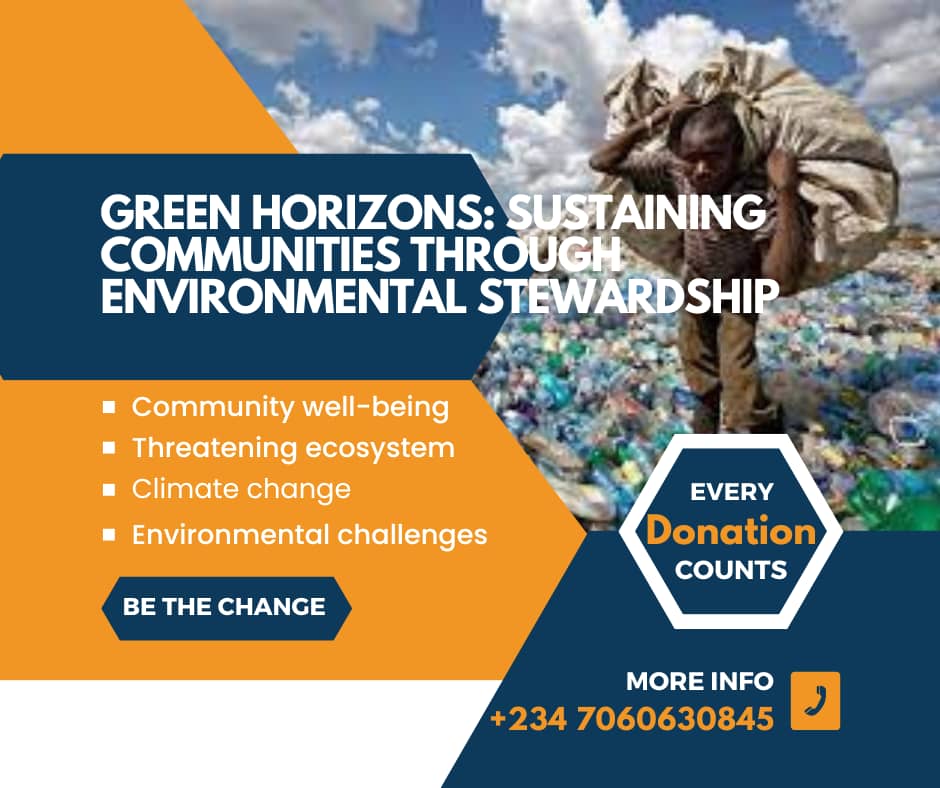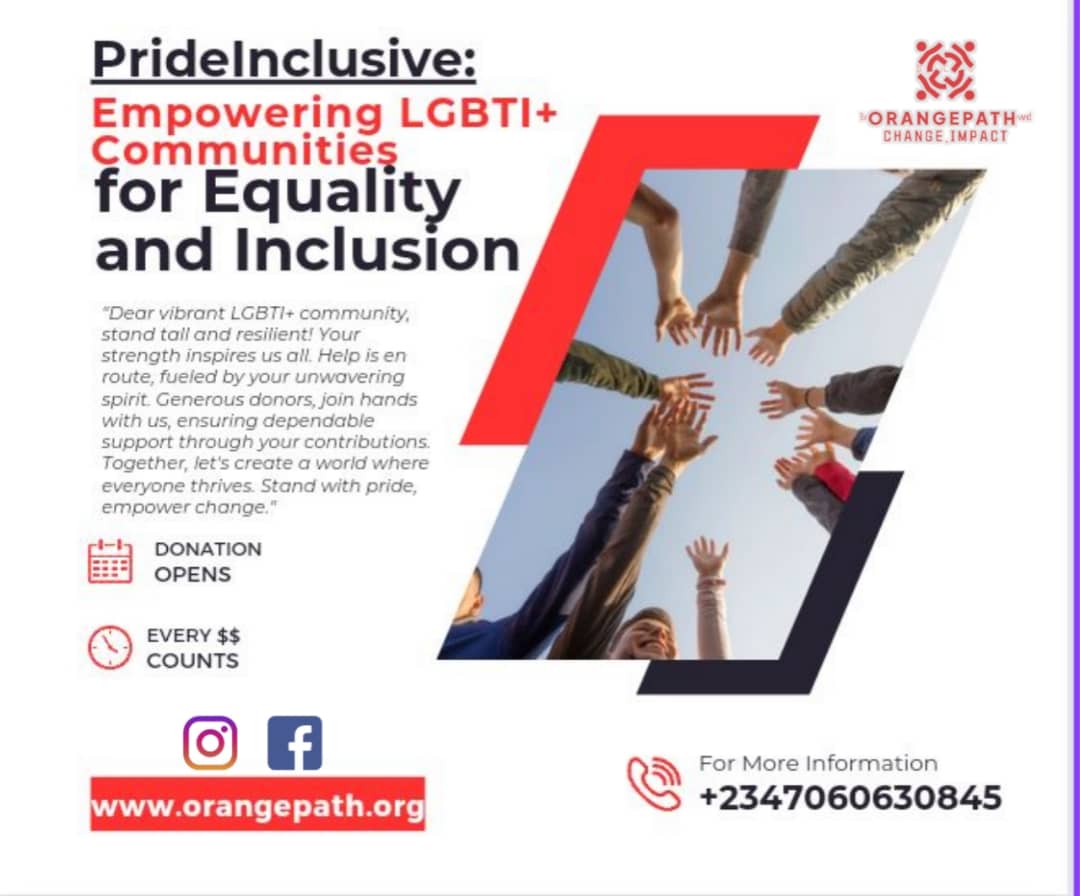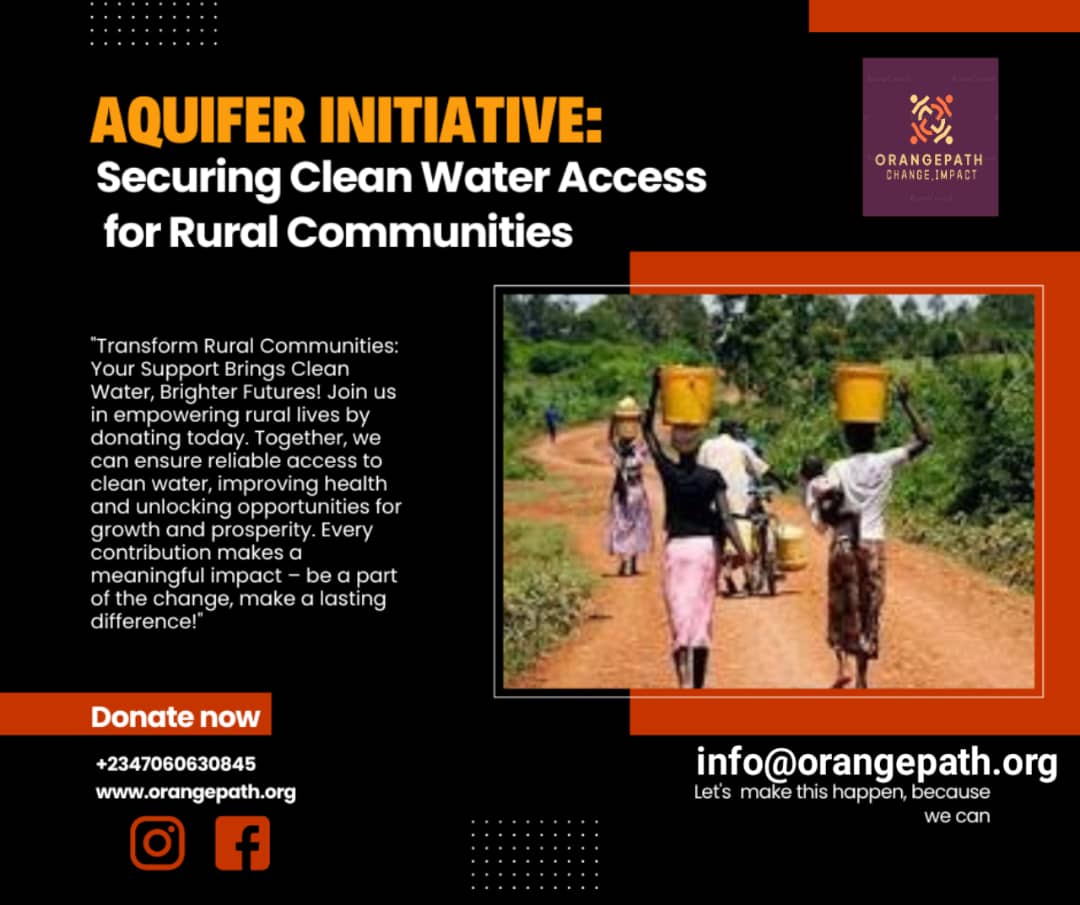“Green Horizons” is a visionary initiative by the Orangepath Empowerment Foundation, dedicated to promoting environmental stewardship, sustainable practices, and community resilience for a greener and healthier future.
Problem Statement: Communities worldwide face escalating environmental challenges, from climate change to pollution, threatening ecosystems and human well-being. “Green Horizons” seeks to address these pressing issues by engaging communities in sustainable solutions and environmental conservation efforts.
Target Audience: Our initiative targets communities, schools, and local organizations, aiming to inspire collective action, foster environmental consciousness, and empower individuals to become champions of change.
Objectives:
- Environmental Education: Develop educational programs and workshops on topics such as climate change, biodiversity, waste management, and renewable energy.
- Eco-friendly Initiatives: Implement community projects such as tree planting drives, recycling campaigns, clean-up initiatives, and water conservation programs.
- Sustainable Living Practices: Promote sustainable agriculture, eco-friendly lifestyles, energy efficiency, and green technologies through training and awareness campaigns.
- Green Spaces Creation: Establish community gardens, urban parks, and green spaces to enhance biodiversity, improve air quality, and promote well-being.
- Advocacy and Policy Influence: Advocate for environmentally friendly policies, collaborate with local authorities, and engage in advocacy campaigns for environmental protection and conservation.
Unique Features: “Green Horizons” stands out due to its:
- Hands-On Engagement: Engaging communities in tangible, impactful projects that promote environmental awareness and action.
- Collaborative Partnerships: Partnering with local stakeholders, environmental organizations, and government agencies to leverage resources and expertise.
- Long-Term Sustainability: Building capacity, fostering local ownership, and creating lasting impacts that benefit both people and the planet.
Implementation Plan:
- Needs Assessment: Conduct surveys, environmental assessments, and community consultations to identify priority areas and project opportunities.
- Program Design: Develop tailored programs and initiatives based on identified needs, local context, and best practices in environmental conservation.
- Community Engagement: Mobilize volunteers, organize workshops, and launch awareness campaigns to promote participation and ownership.
- Project Implementation: Execute projects such as waste management systems, green infrastructure installations, and environmental education programs.
- Monitoring and Evaluation: Track project outcomes, measure environmental impact, and gather feedback to assess effectiveness and inform future strategies.
Impact Measurement:
- Environmental Impact: Measure improvements in air quality, waste reduction, biodiversity conservation, and water quality in targeted communities.
- Behavioral Change: Assess changes in attitudes, knowledge, and practices related to sustainable living and environmental stewardship among participants.
- Policy Influence: Track policy changes, community partnerships, and advocacy outcomes to gauge the initiative’s broader impact on environmental governance.
Budget Allocation:
- Educational Programs and Workshops: 30%
- Community Projects and Initiatives: 35%
- Capacity Building and Training: 15%
- Advocacy and Policy Influence: 10%
- Monitoring and Evaluation: 10%




















